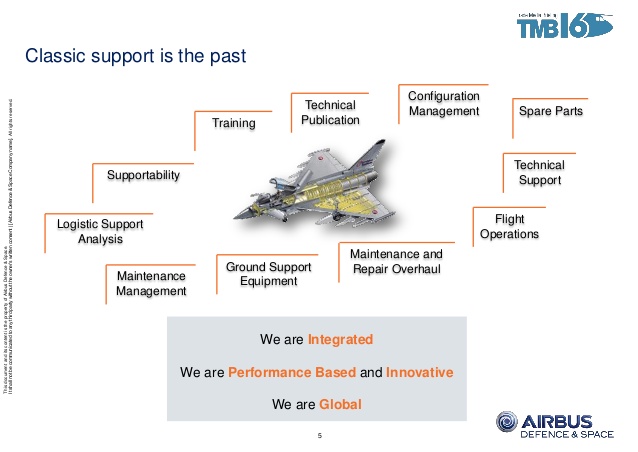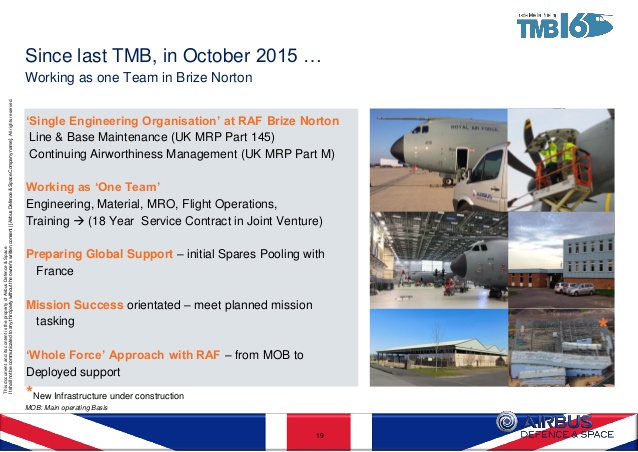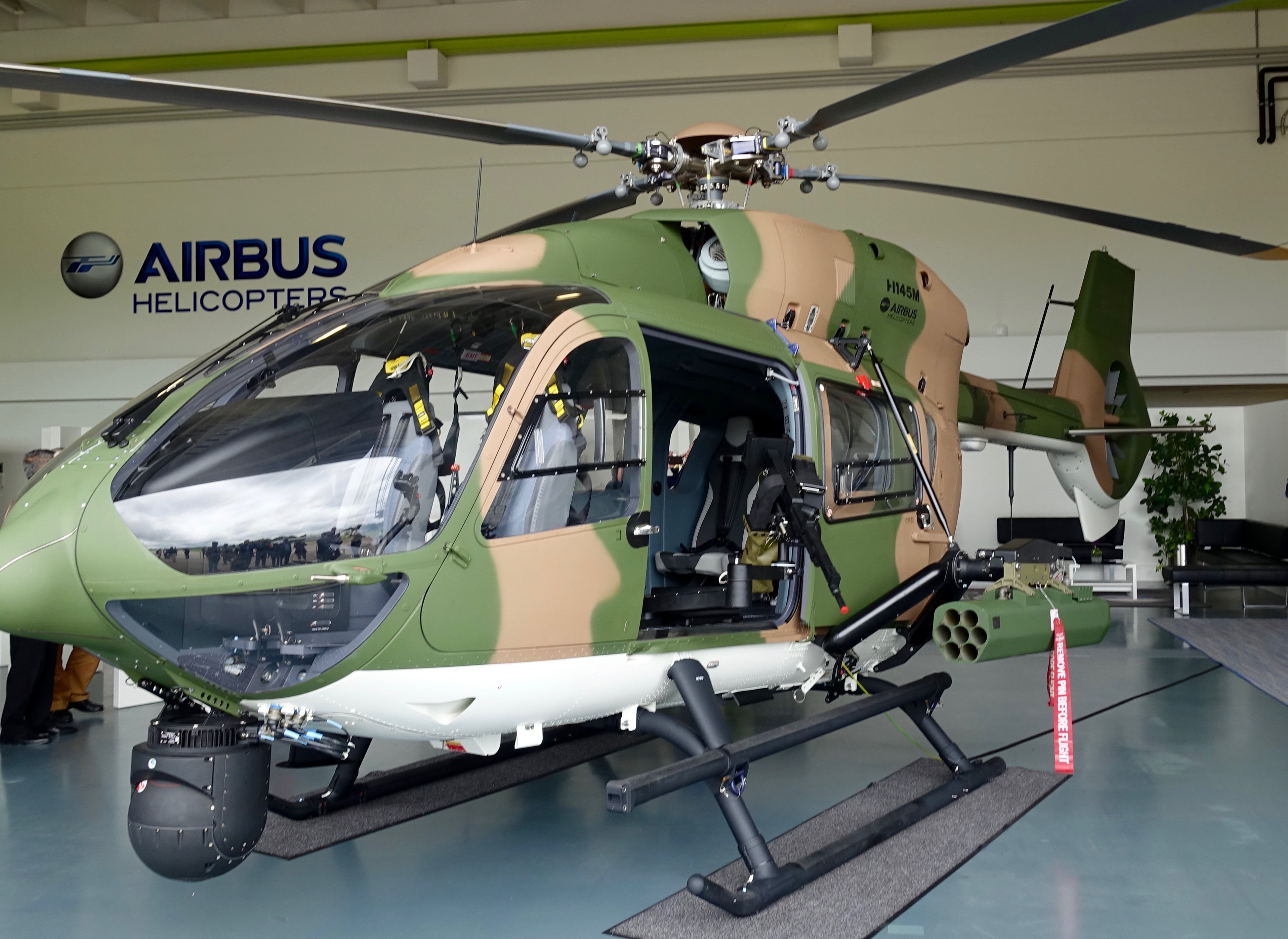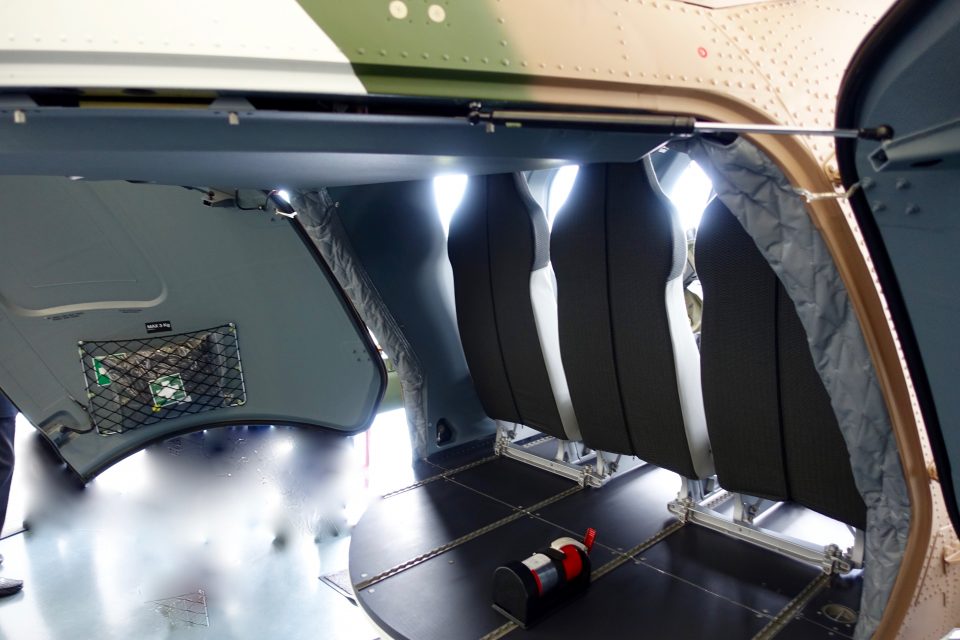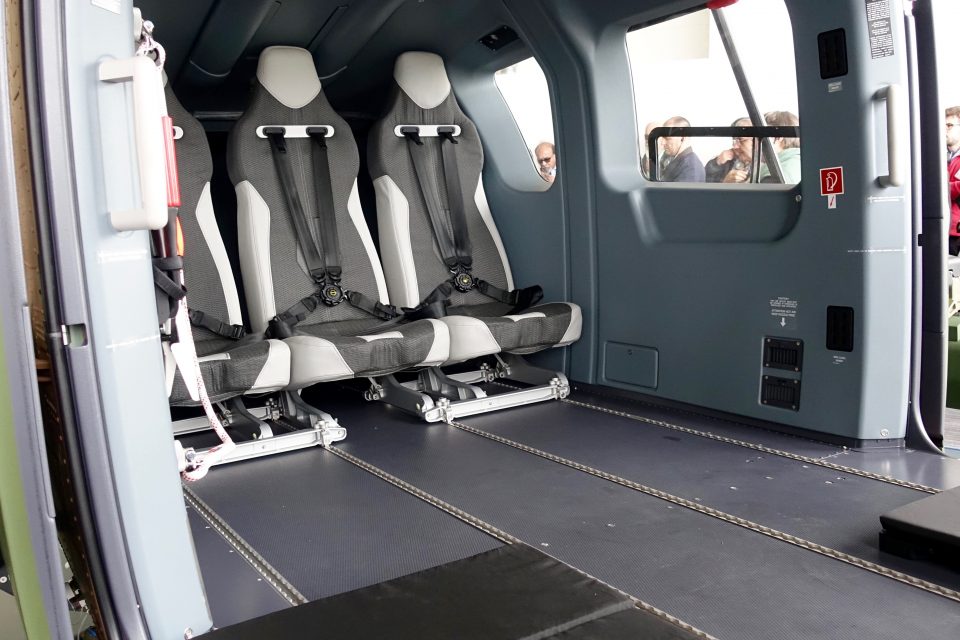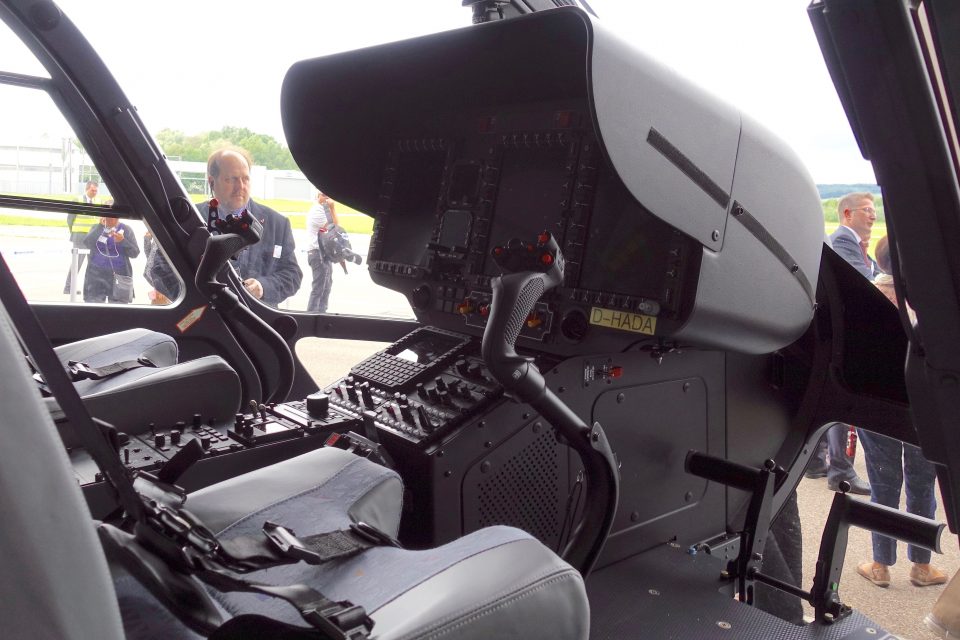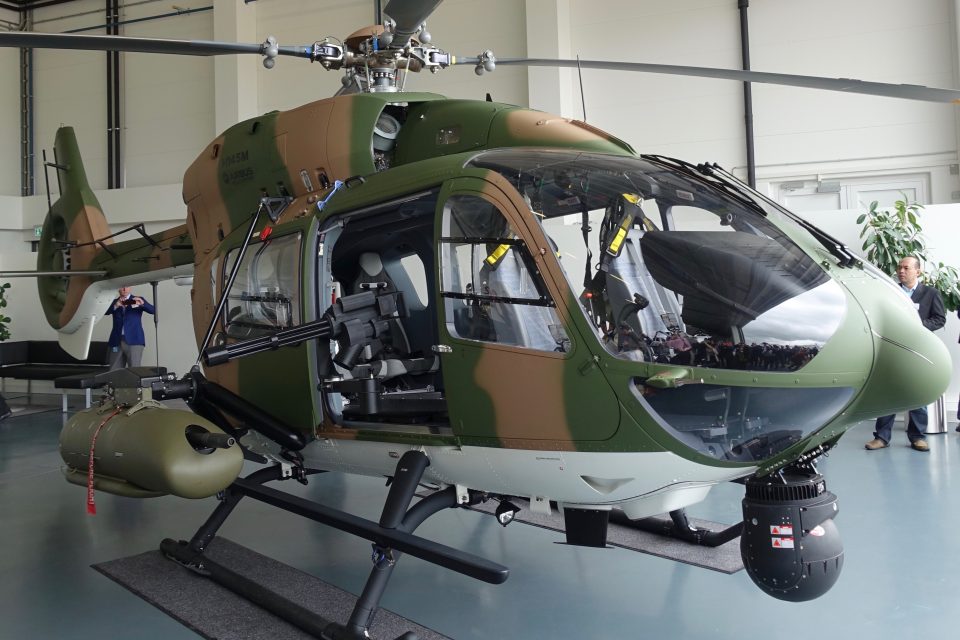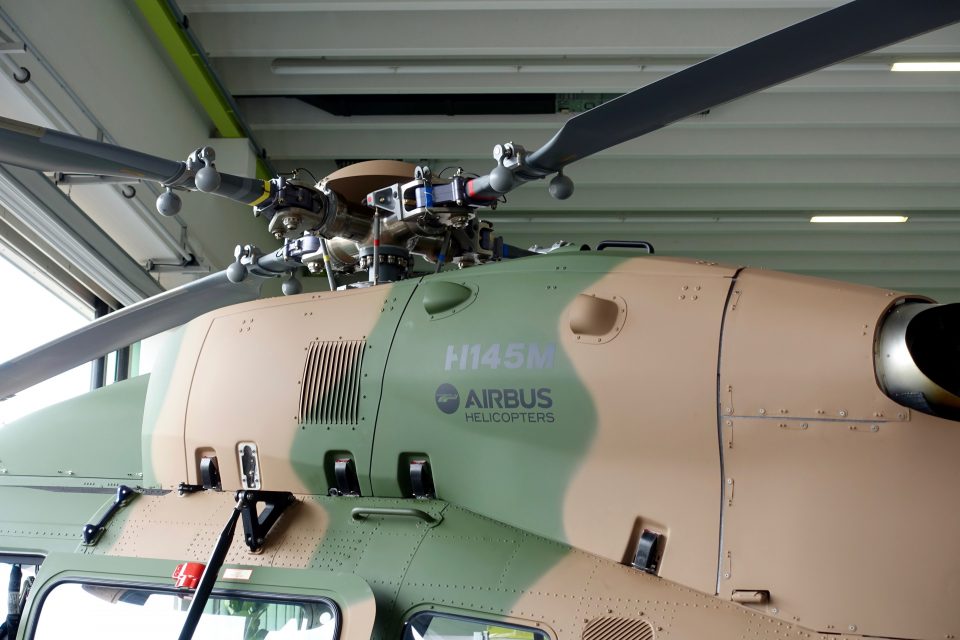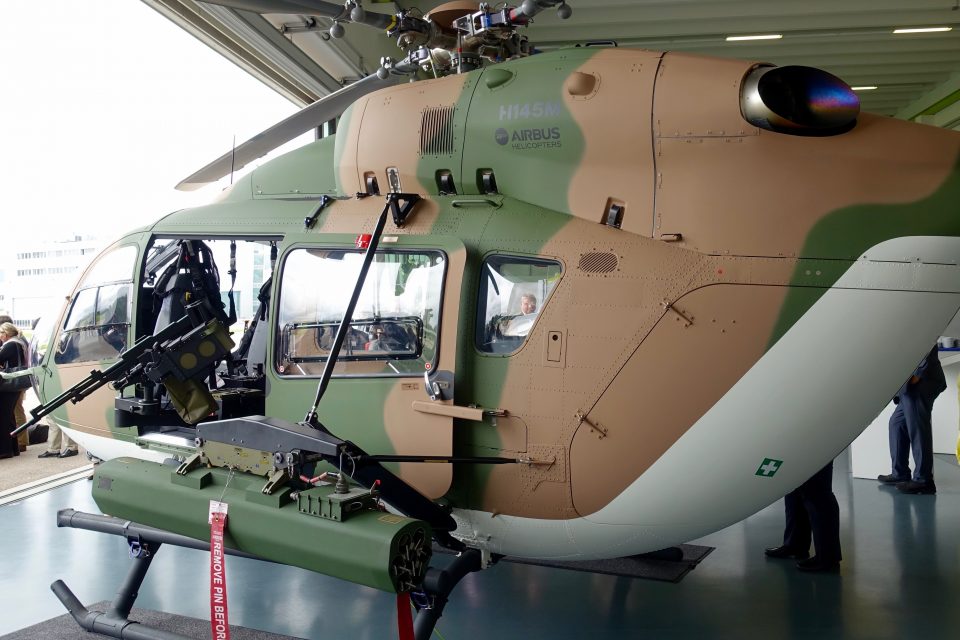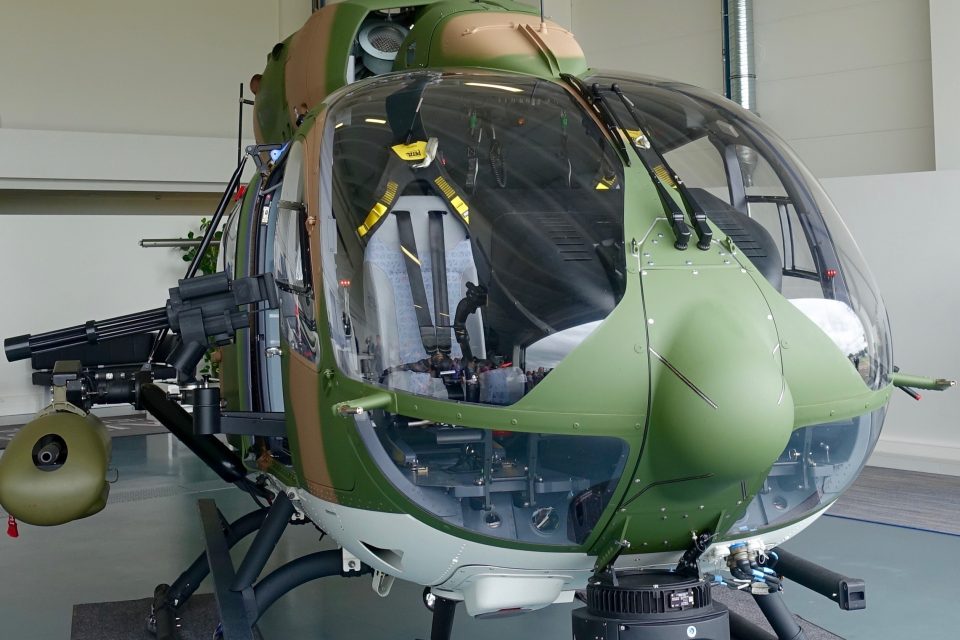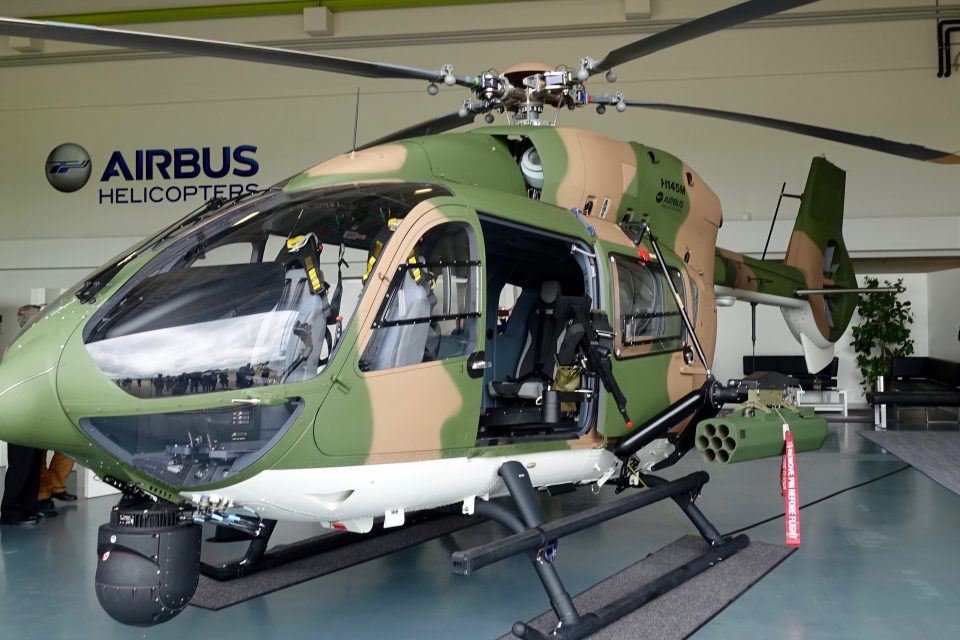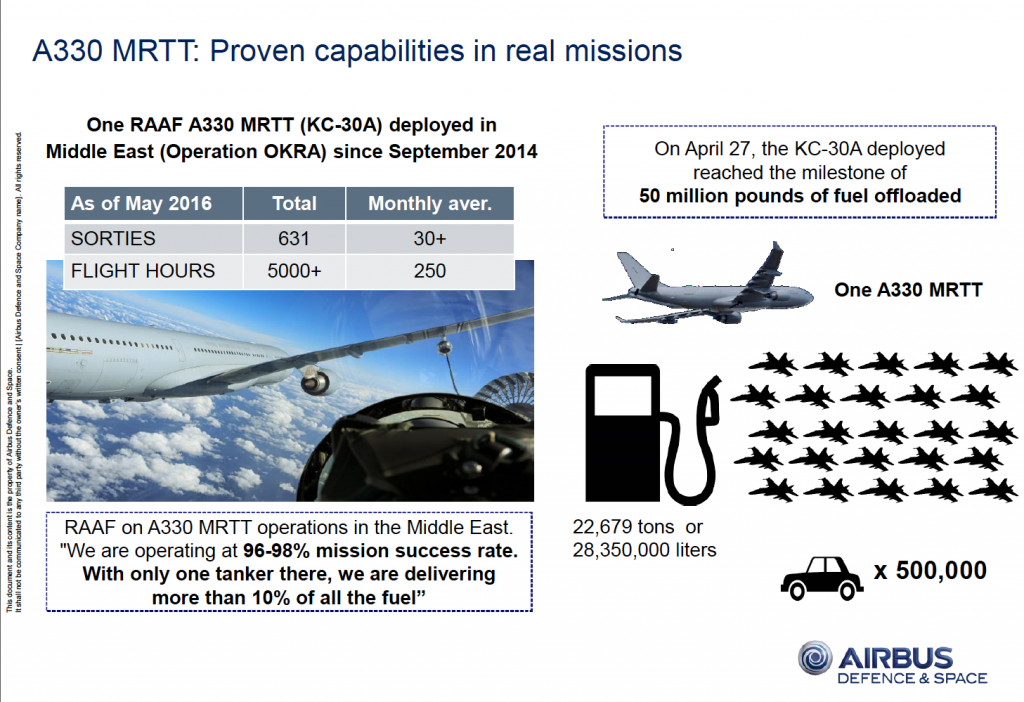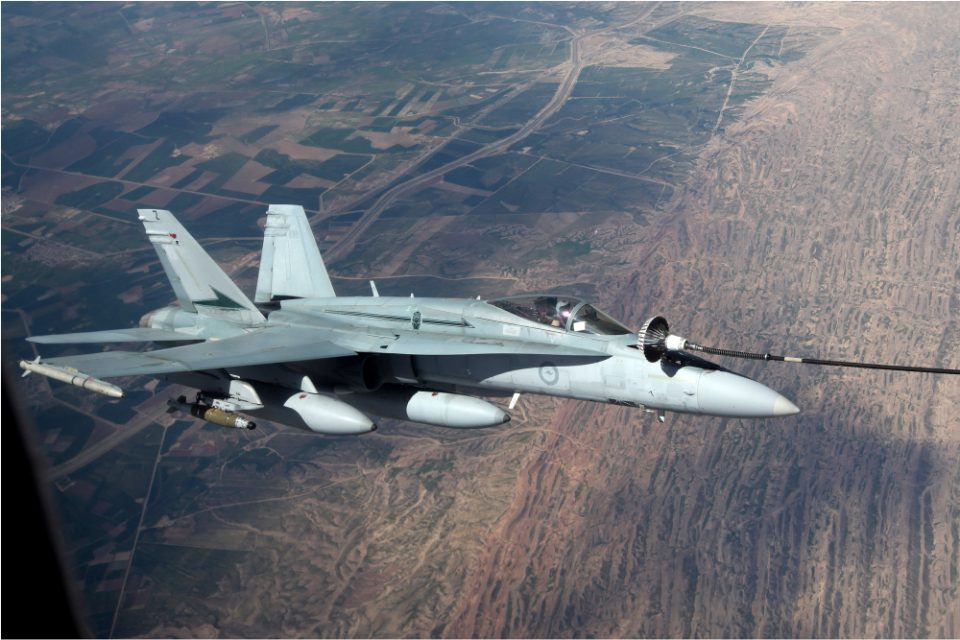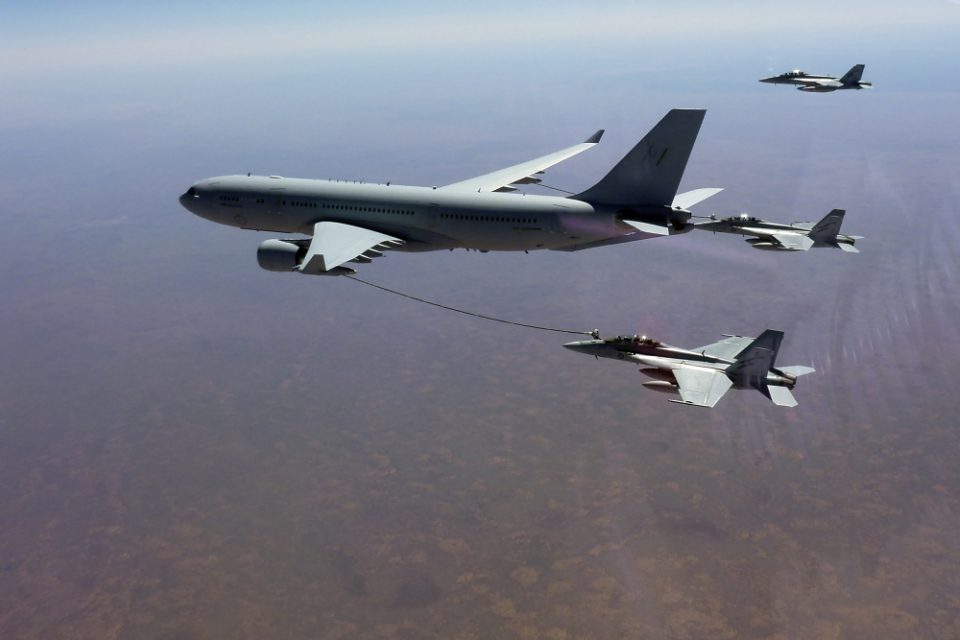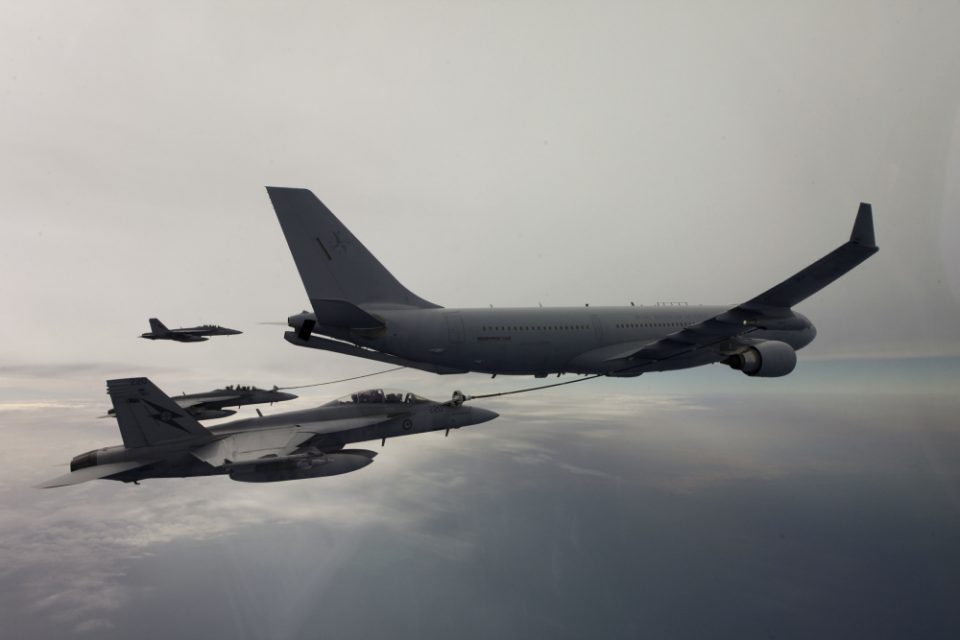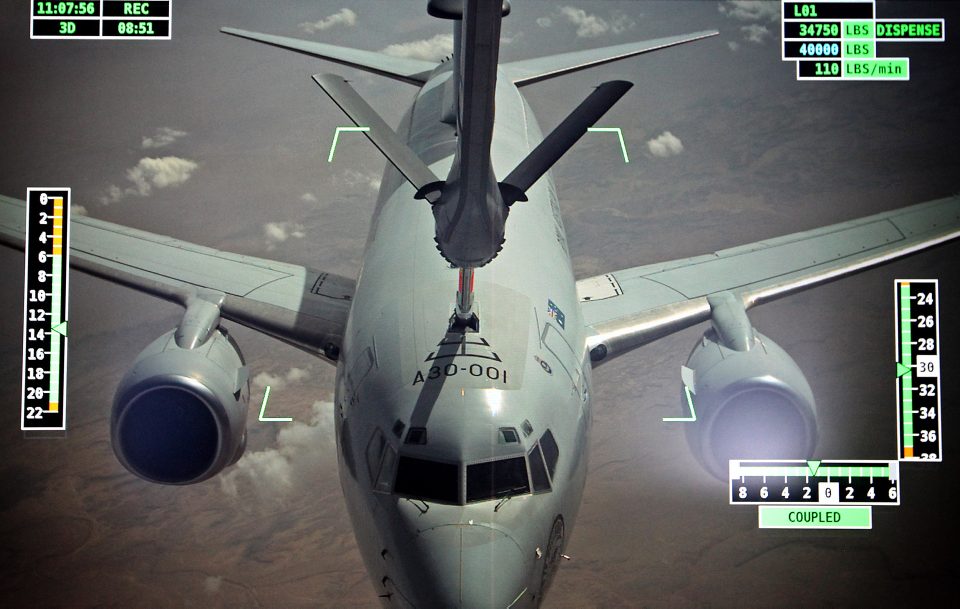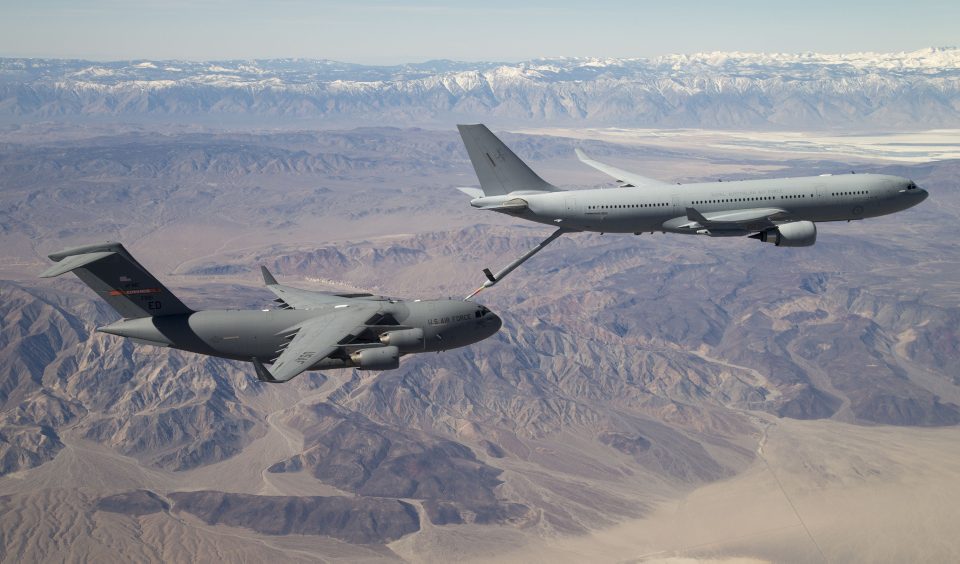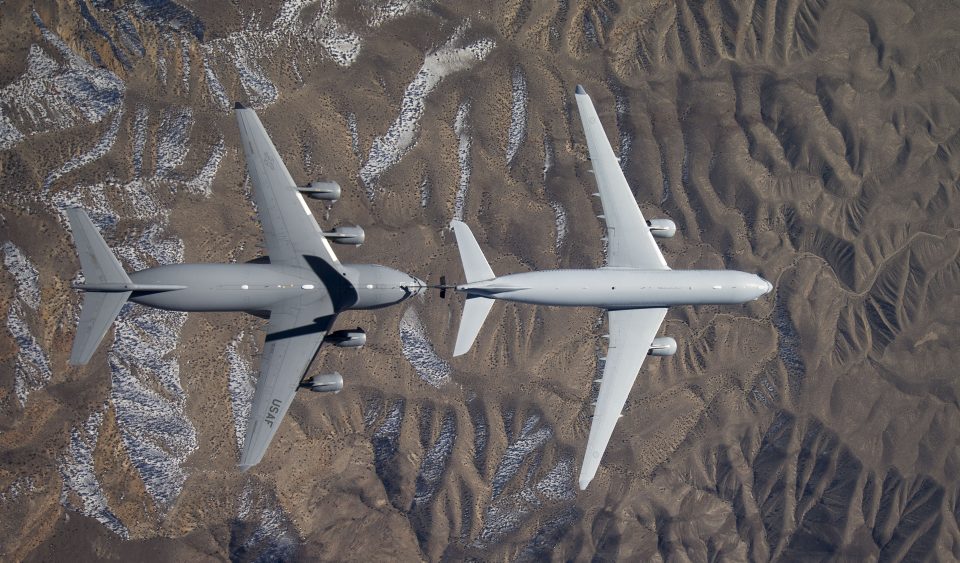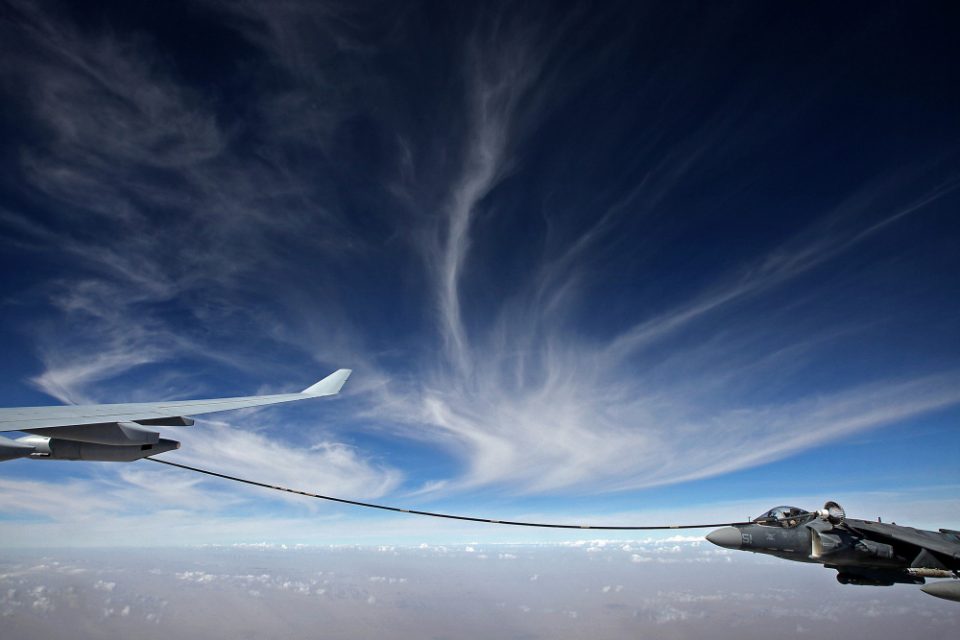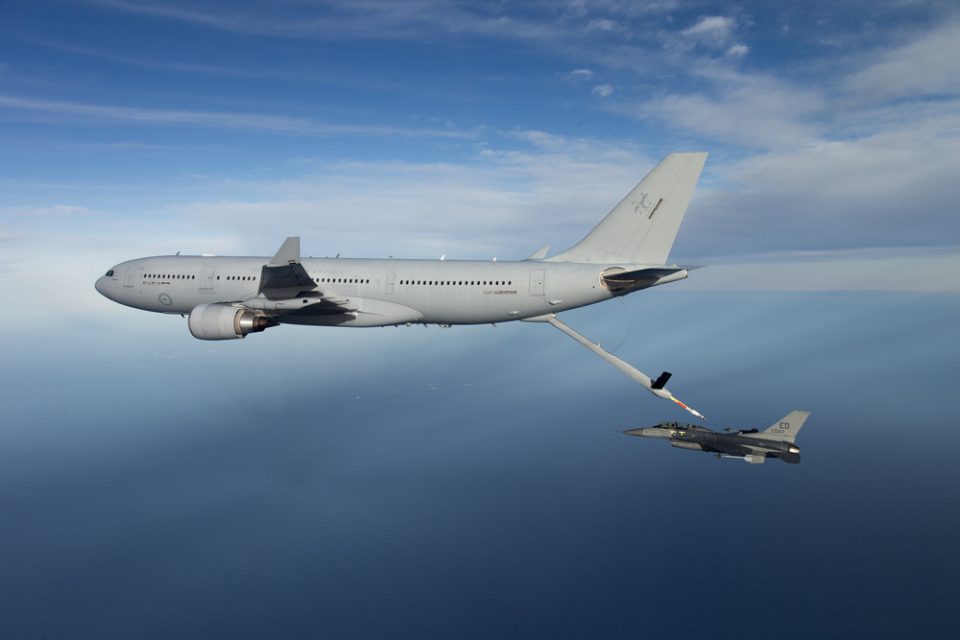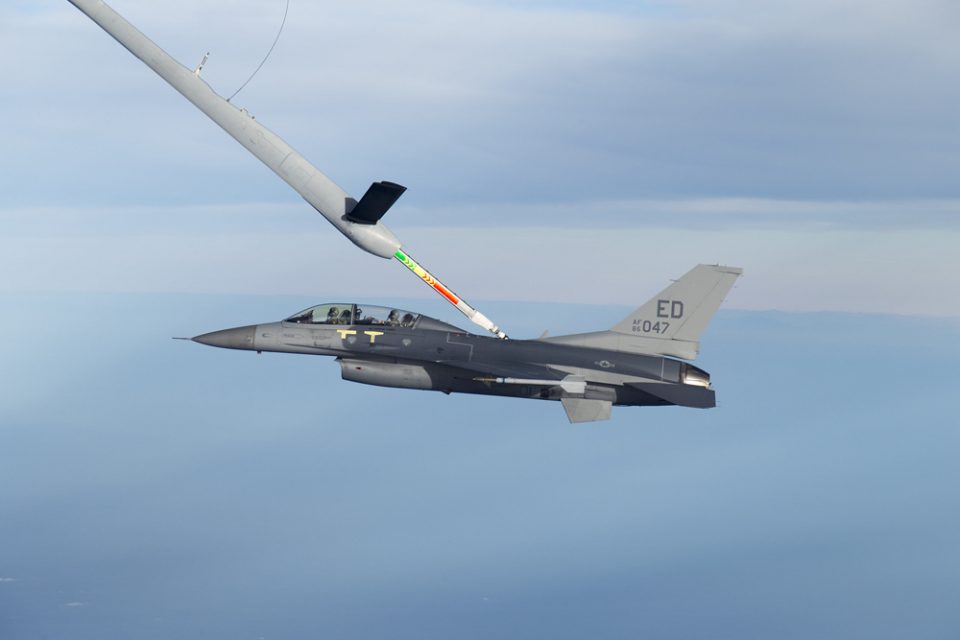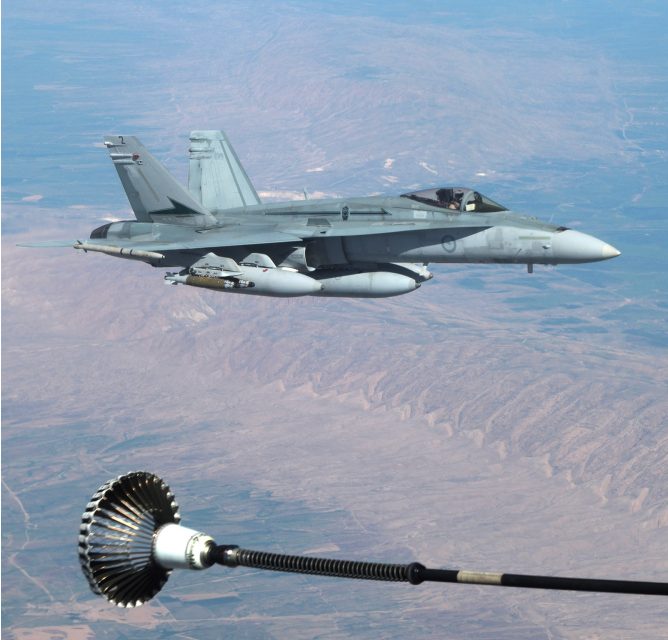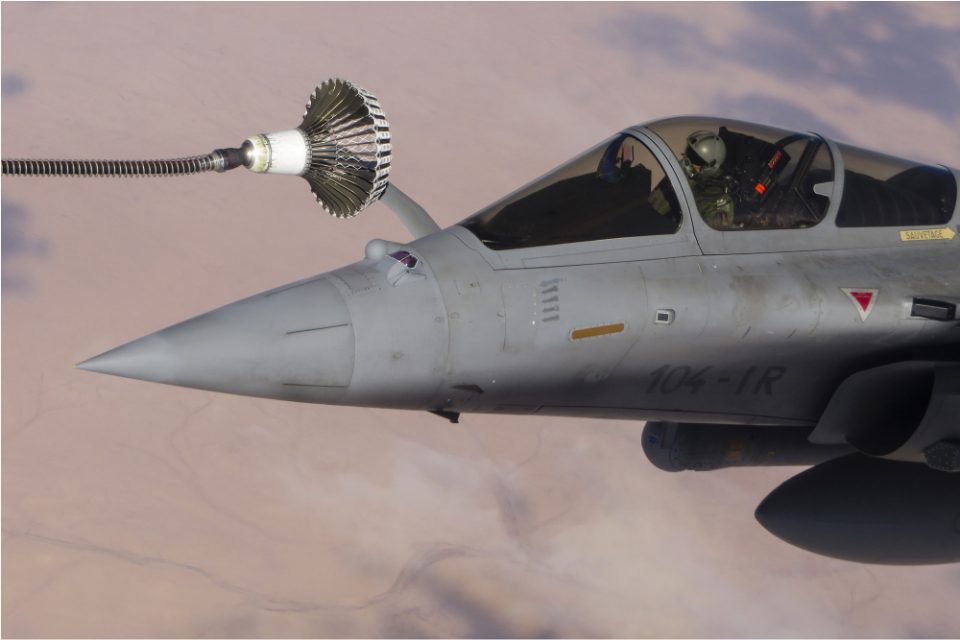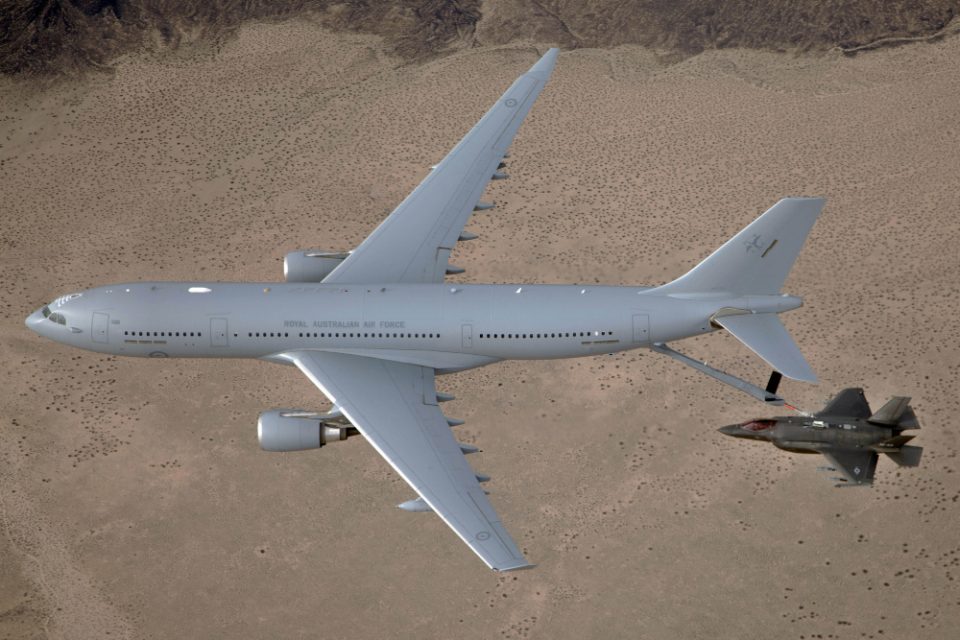2016-06-26 By Robbin Laird
Last April, I had the chance to talk with Air Commodore Smyth about the coming of the F-35 to RAF Marham.
And just down the road from Marham is RAF Lakenheath where the USAF will operate its UK-based F-35s.
Flying the same aircraft in the same airspace and with the colocation of maintenance facilities provides an overall opportunity to shape a common approach, a common culture, and extensive synergies between two operating forces.
And the two forces can provide an interactive base to work with the close proximity neighbors, the Dutch, the Danes and the Norwegians who will also fly the same aircraft.
In other words, there is a unique opportunity to share training, maintenance, parts, and operational experience for the two forces on bases within close proximity.
According to Air Commodore Smyth:
“It is early days, but we are discussing ways to shape synergy.
“We already have an excellent working relationship with our USAFE colleagues, and both sides are being very open to exploring ideas.
“But the real opportunity will lie in joint training and some semblance of joint sustainment.
“How do we do training in a more joined up way, both synthetically which is of immediate interest to me, and live with our F-35s because there’s got to be synergy in our approaches in British and European air space.
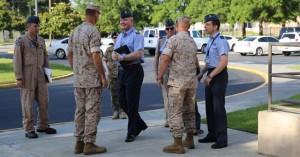
“This could then no doubt grow beyond a UK-USAFE relationship, as our close European neighbors establish their F-35s in their countries.
“The next question then is sustainment.
“What is the appetite from the USAF to want to leverage off what will already be found at RAF Marham as we shape our infrastructure?
We fully understand that the JPO is still working hard to bottom out what the eventual Global Sustainment Solution will look like.
“But at Marham we have left an ability to do modular builds and to grow it bigger if there is an appetite from USAF, or from someone in Europe, to want to bring their airplanes in as well.
“This applies to training as well as sustainment.
“The USAF has operated F-15s at RAF Lakenheath and have used a classic USAF model of flying in parts to sustain their F-15s with C-5s, C-17s and tankers.
“It would make sense to shift to a new model whereby our F-35s shared sustainment and parts, transparently between our two bases, which after all are not very far apart.”
To get a sense of how the USAF is looking at the challenge and the opportunity, I visited RAF Lakenheath in June and discussed the evolving approach with the Wing Commander and the staff standing up the F-35 at Lakenheath.
In this piece, the discussion with the Wing Commander is the focus of attention; in the next the discussion with the staff will be highlighted.
Colonel Robert G. Novotny commands the 48th Fighter Wing at Royal Air Force Lakenheath, England, the only wing in the Air Force with an official name, the “Statue of Liberty Wing.”
The Liberty Wing consists of nearly 5,000 active duty personnel, 2,000 British and U.S. civilians, and includes a geographically-separated unit at nearby RAF Feltwell.
The wing employs three combat-ready squadrons of F-15E Strike Eagle and F-15C Eagle fighter aircraft, as well as a squadron of HH-60G Pave Hawk Combat Search and Rescue helicopters and a squadron of Guardian Angel pararescuemen.
Question: You are an experienced F-15 pilot as well as having worked the F-35?
Col. Novotny: “I am and I have.
“This is my sixth F-15 assignment and worked the F-35 as the Commander of the 53rd Test & Evaluation Group, Nellis AFB,. So I was the Commander of the OT squadron for F-35.”
Question: Could you describe the process of the F-35 stand up at Lakenheath?
Col. Novotny: “The F-35 bed down decision was a secret NOFORN initially as the base selection was being made. Now with Lakenheath having been identified as the long-term base for F-35s in Europe, we can put the correct pieces in place.
“All the area planners are Brits who work at Lakenheath.
“They are Ministry of Defence employees who are working with the whole plan to standup the wing.
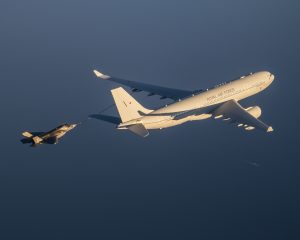
“And after the announcement, we have been working directly with RAF Marham and Air Commodore Smyth in shaping our approach. We deal frequently with the RAF F-35 program integration office and RAF Marham personnel have been here frequently to engage with our own Site Activation Task Force.
“So from the beginning, there is great synergy and opportunity to learn from each other.
“Obviously, they are primarily responsible for working the airspace issues, which will in turn shape how a basic element of how we will train and operate together as well.
“We’re talking about exchange opportunities across the logistics enterprise, and among the pilots as well. If you can fly the A you can fly the B; and vice versa; it is an adjustment, not a whole new training process.
“We are looking to have RAF pilots flying USAF jets and vice versa”
Question: When we were at Edwards, the USAF was maintaining a C and the young mechanic said that it was no big deal for it was just an F-35.
Col. Novotny: “That is where we want to get to here as well. A model pilots could fly B model airplanes with very little training and just be dual qualified”
Question: The synergy between Marham and Lakenheath can provide a strategic opportunity for the USAF.
What is your sense of this opportunity?
Col. Novotny: “That is really the bulls eye point.
We are bedding down a number of facilities in the United States, but what we are doing is different: it is standing up a common capability between two core allies at a critical point in the defense of US and allied interests.
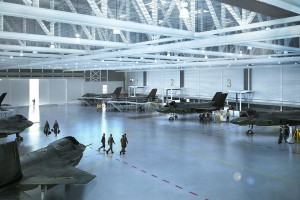
“We are not flying alone; but joined at the hip. We will be flying exactly in the area of interest for which the plane was designed and can fly together, maintain together, and operate together leveraging the air and sea base for which the F-35 B will fly from as well.
“It is a unique and strategic opportunity for the USAF and for the nations.
“I’m glad that we are the first base overseas, but I see there is great potential for two countries to develop in concert, side-by-side, and to set, set the model for joint operations.
“As we get this right, we can bring in the Danes, the Norwegians and Dutch who are close in geography and the Israelis and Italians as well to shape the evolving joint operational culture and approach.
“Before you know it, you’ve got eight countries flying this airplane seamlessly integrated because of the work that Lakenheath and Marham are doing in the 20 nautical miles radius of the two bases.”
Question: As an F-15 pilot, you saw the challenge of breaking down the cultural barriers for the F-22 community to learn not to fly the F-22 like an F-15. I am sure you are seeing the same with the F-35?
Col. Novotny: “That is a good point.
“I remember when we first flew the F-22, we pilots were thinking, if all we’re going to do is fly like an F-15, that’s a gigantic waste of money. But over time, the F-22 community evolved to leveraging its unique capabilities.
“We have the same thing with the F-35. We’ll have to break down some cultural barriers. We’ll have to take the yoke off the intellectual capacity of the squadron. We’ll have to integrate them into Red Flag exercises and Iron Hand exercises in the group.
“And we’ll have to pay attention to what other countries are doing, and learn from mistakes, and adopt best practices.
“I think we can do all that right here at Lakenheath/Marham.
“That is why it is a strategic opportunity.
“To shape the day-to-day operational perspective, to shape the combat learning, which squadron pilots bring to the fight, we can do that here at Lakenheath.
“Two countries are working side-by-side to figure this plane out.
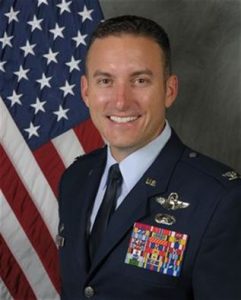
“And unlike the F-22, the F-35 is not being stood up as a small fleet. It is a global fleet, and by working the synergy here you can accelerate the learning curve.
“And it is inherently a coalition aircraft. Because everybody’s going to benefit, we’re all going to work together.
“And the ability to fly together means that the squadron pilots as well as the maintainers share their experiences.
“If you want to do a Red Flag, you send the force across the pond, prepare and it costs a dedicated amount of money to do that.
“Here we just fly and we can have our regular Red Flags over the North Sea.
“And it doesn’t have to be three weeks out of every fiscal year, or three weeks out of every two fiscal years.
“We’ve seen the Typhoons do QRAs since I’ve been in command, When you do that with F-35s, the US and coalition F-35s will now know exactly what’s going on at the same time.
“That’s happening here almost right now by shared awareness.
“With the F-35 will just take it up to, you know, two or three levels higher than that.
“I think this is going to be one of the test beds for integration, which will evolve, based on operational practice.
“Compare this with standing the F-35s up in the United States.
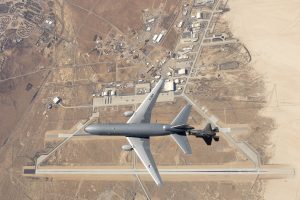
“For example, Hill AFB is doing great work in standing up the F-35 but they are only going to integrate with other US fighters or operate in the less frequent Red Flag.
“There are almost no other fighter units near them that are not already fully engaged in real world operations.
“We are standing up a coalition integrability force from the outset.
“Take my example at the OT squadron.
“I did two OT assignments and we worked to get into Red Flag when we could to do joint training. Here we can do that virtually every day. We reach the Dutch training airspace, and can work with the Dutch, with the Brits, with the Germans, with Typhoons, with F3s, with the NATO AWACS
“We take off and we fly 30 minutes to the east and we make it happen.
“It is Red Flag as regular menu; rather than scheduling a gourmet meal from time to time.
“Most of that learning is done after the sortie. Face-to-face interaction, the conversations that are happening in the squadron vaults that happens at Red Flag three weeks out of every two years.
“We will have the opportunity to do that regularly here.
“There is such a unique opportunity here compared to any other place.
“Because every other place which is s going to get into the F-35 program in whatever capacity is going to eventually attempt to develop a little bit of a stovepipe. It happens.
“This is the only place where it’s not the case.
“There’s no other place where we have a maintenance officer who’s run into an issue on Monday at Lakenheath and decides to get in the car and drive 35 minutes to Marham and talk to them and see what they’ve figured out face-to-face.
“Learn to listen.
“Have a bite to eat.
“Be back here by 2:00 in the afternoon with the solution that came from another country.”
Note: By the way, the conversation was conducted in the Eldorado Canyon Room at the base, and the coming of a fleet, which can operate passiviely to do a future Eldorado Cannon will fly from Lakenheath and Marham with a combined force, built in.
The Biography of Col. Novotny
Colonel Novotny was commissioned in 1992 upon graduating from the U.S. Air Force Academy and earned his wings at Laughlin Air Force Base, Texas.
He completed five operational F-15 assignments with extensive test and combat experience, in addition to serving as an action officer at a Major Command, a fighter squadron commander, and a test and evaluation group commander.
He is also a graduate of the U.S. Air Force Weapons School, the Naval Command & Staff College, the School of Advanced Air & Space Studies, and the National War College.
Colonel Novotny is a command pilot with 2,500 flight hours in 11 different aircraft, primarily in the F-15C/D/E, and more than 540 combat hours. Prior to his current assignment, he served as the Chief of Staff for the 9th Air and Space Expeditionary Task Force and the International Security Assistance Force Joint Command, Deputy Commander for Air, in Kabul, Afghanistan.
ASSIGNMENTS
- August 1992 – May 1995, Manpower / Plans & Programs Action Officer, Headquarters, Pacific Air Forces Plans & Programs Division, Hickam AFB, Hawaii
2. June 1995 – July 1996, Student, Specialized Undergraduate Pilot Training, Laughlin AFB, Texas
3. October 1996 – April 1997, Student, F-15 Basic Course, Tyndall AFB, Fla.
4. May 1997 – January 2000, Training Officer, Assistant Chief of Weapons, Chief of Fighter Standardization & Evaluation, 71st Fighter Squadron, 1st Operations Group, Langley AFB, Va.
5. January 2000 – January 2001, Chief of Standardization & Evaluation, Acting Chief of Weapons, 67th Fighter Squadron, Kadena AB, Japan
6. January 2001 – June 2001, Student, U.S. Air Force Weapons School, Nellis AFB, Nev.
7. June 2001 – June 2003, Chief of Weapons & Tactics, 67th Fighter Squadron, Kadena AB, Japan
8. July 2003 – July 2005, Division Commander, Assistant Director of Operations, 422d Test & Evaluation Squadron, 59th Test & Evaluation Squadron, Nellis AFB, Nev.
9. August 2005 – June 2006, Student, Naval Command & Staff College, Newport, R.I.
10. July 2006 – June 2007, Student, School of Advanced Air & Space Studies, Maxwell AFB, Ala.
11. August 2007 – May 2008, Director of Operations, 67th Fighter Squadron, Kadena AB, Japan
12. May 2008 – May 2010, Commander, 67th Fighter Squadron, Kadena AB, Japan
13. July 2010 – June 2011, Student, National War College, Fort Leslie J. McNair, Washington, D.C.
14. July 2011 – June 2013, Commander, 53rd Test & Evaluation Group, Nellis AFB, Nev.
15. June 2013 – April 2014, Chief of Staff, 9th Air & Space Expeditionary Task Force, International Security Assistance Force Joint Command, Kabul, Afghanistan
16. July 2014 – Present, Commander, 48th Fighter Wing, RAF Lakenheath, EnglandFLIGHT INFORMATION
Rating: Command Pilot
Flight Hours: 2,500
Combat Hours: 540+
Aircraft Flown: F-15C/D/E, B-1B, B-52H, HH-60G, HC-130J, MQ-1B, MQ-9A, A/T-38, T-37
SUMMARY OF JOINT ASSIGNMENTS
June 2013 – April 2014, Chief of Staff, 9th Air & Space Expeditionary Task Force, International Security Assistance Force Joint Command, Kabul, Afghanistan
MAJOR AWARDS AND DECORATIONS
Legion of Merit
Bronze Star
Meritorious Service Medal with two oak leaf clusters
Air Medal with six oak leaf clusters
Aerial Achievement Medal with four oak leaf clusters
NATO Meritorious Service Medal
Distinguished Graduate, AETC Commander’s Trophy, Undergraduate Pilot Training
Distinguished Graduate, Squadron Officer School
Distinguished Graduate, U.S. Air Force Weapons School
Distinguished Graduate, Naval Command and Staff College
Air Force Association Writing Award, National War College
http://www.lakenheath.af.mil/About-Us/Biographies/Display/Article/727497/colonel-robert-g-novotny


